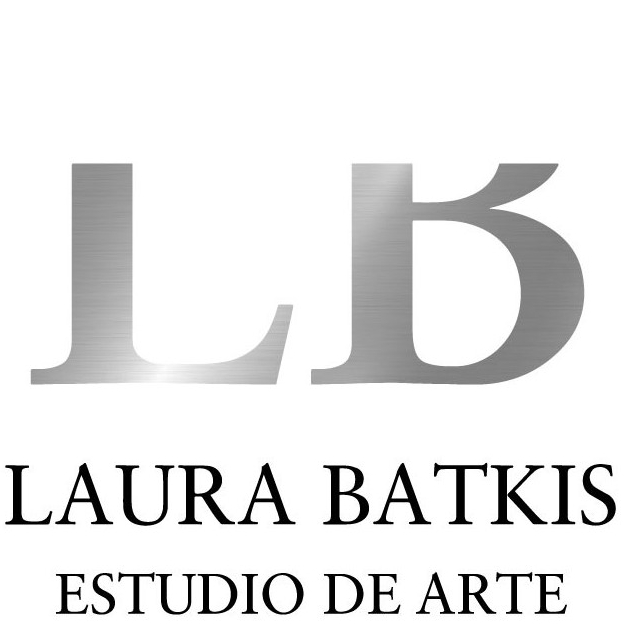Arte al Día
New curatorial approach at the 27th edition of the São Paulo Biennial
No. 138 – September 2006
Since the beginning of the 1980s the role of the curator has taken on a notable prominence within art exhibitions. This began when Bonito Oliva entered the scene with his Transavantgarde manifesto and his efforts to promote Italian artists. Since then, art started to become a cultural industry with the increasingly complex mechanisms of the event as a great show. The enormous number of fairs and the gradual “biennialization” of art, with ever larger international mega-shows and more artists, made the position of a general producer necessary. Not only the curator but a whole team of publicists, photographers, press agents and the help of embassies and art galleries from each country were needed.
Historically, the São Paulo Biennial, like the Venice Biennial and those that came after it, featured a curator who put together the show’s guidelines and was in charge of the international selection of foreign presence. Two years ago, the German Alfons Hug was responsible for focusing on current art trends under the general topic of “free territory”. In his curatorial text, the theorist expressed his opinion about image smuggling in the globalized world. Among the national shipments, the Argentine Chancellery appointed Marcelo Pacheco as curator of the Argentine shipment. Pacheco selected the artist Pablo Siquier to represent the country, considering that the stylistic syncretism in his work manifests some of the conditions of Argentine art such as its flooding character of a country where immigration was creating a cultural mestizaje (cultural intermixing of Spanish and American Indian people) with its own local character.
This year, the São Paulo Biennial Foundation considered that in the next edition, which will take place between October 7 and December 17, 2006, there would be no national shipments. Perhaps as a consequence from the same effects of globalization that were taken into account two years ago, they considered that the notion of nationality, local color or territory does not apply to the way images navigate in the great global village of today’s world. That is why a curatorial team was formed in Brazil, with Lisette Lagnado as the general director, aided by a group of co-curators among whom is Adriano Pedrosa, who due to his visits to our country was central in the selection of Argentine artists.
Together they thought of the guideline “How to live together” as the focus of this biennial.
Surprisingly, without an Argentine curator this year our country’s presence is more notorious than times before, since Argentina will be present not only with artists but also through the institutional image of the event, in charge of Jorge Macchi (as anticipated in the previous edition of Arte al Día). Without a doubt, this year the biennial has prioritized projects linked to social issues. The Argentine selection is made up of the Proyecto Editorial Eloísa Cartonera (Eloísa Cartonera Editorial Project), the workshop La Estampa, León Ferrari and Tomás Saraceno. In the case of the editorial project, Javier Barilaro, Eloísa’s mentor (together with Washington Cucurto and Fernanda Laguna) intends to move to São Paulo a month earlier to try to recreate the Buenos Aires project in the city of São Paulo.
A new model for a renewed curatorial concept.
BY LAURA BATKIS
